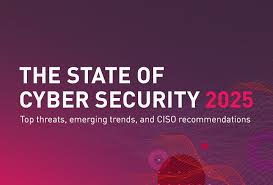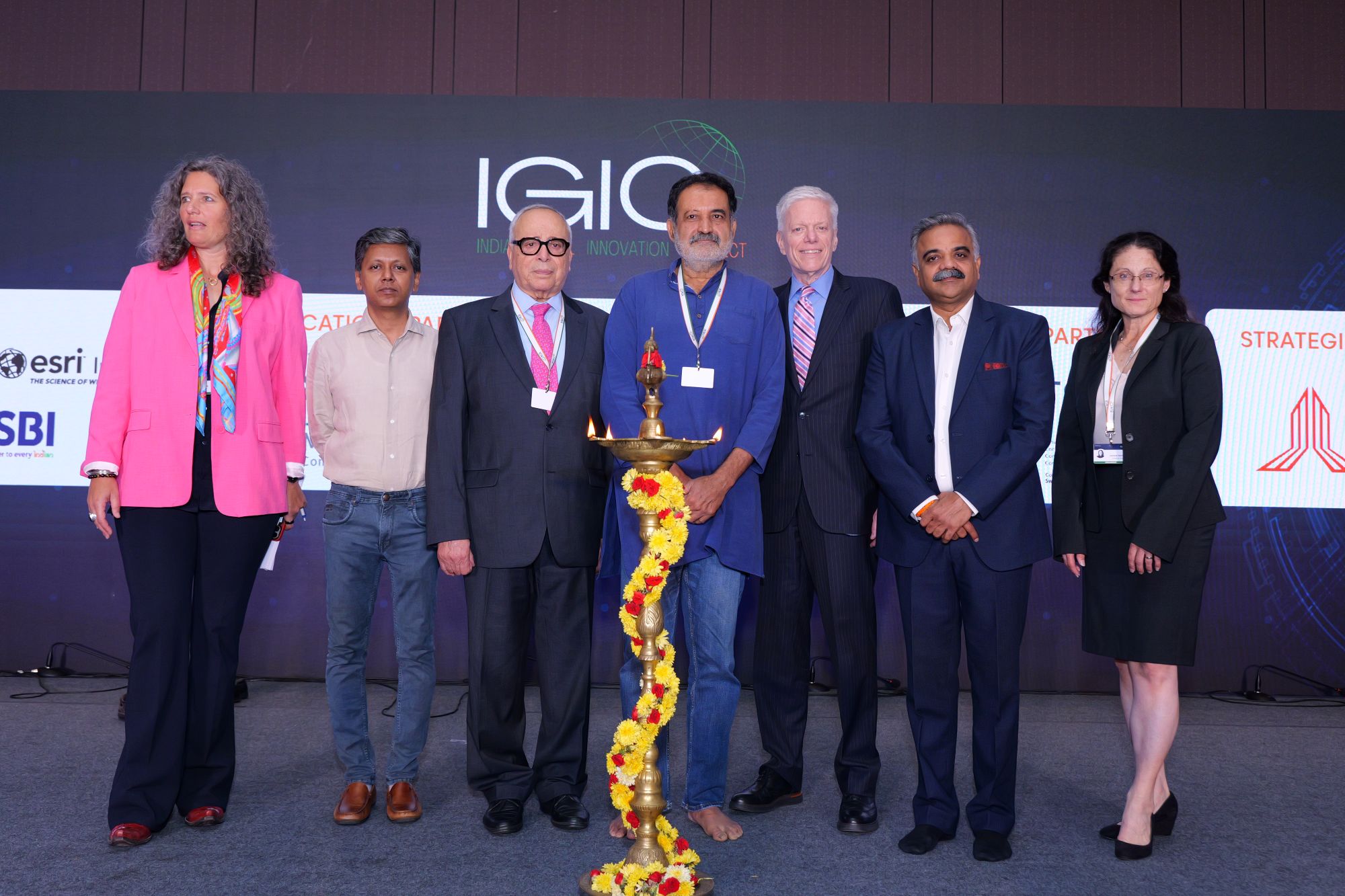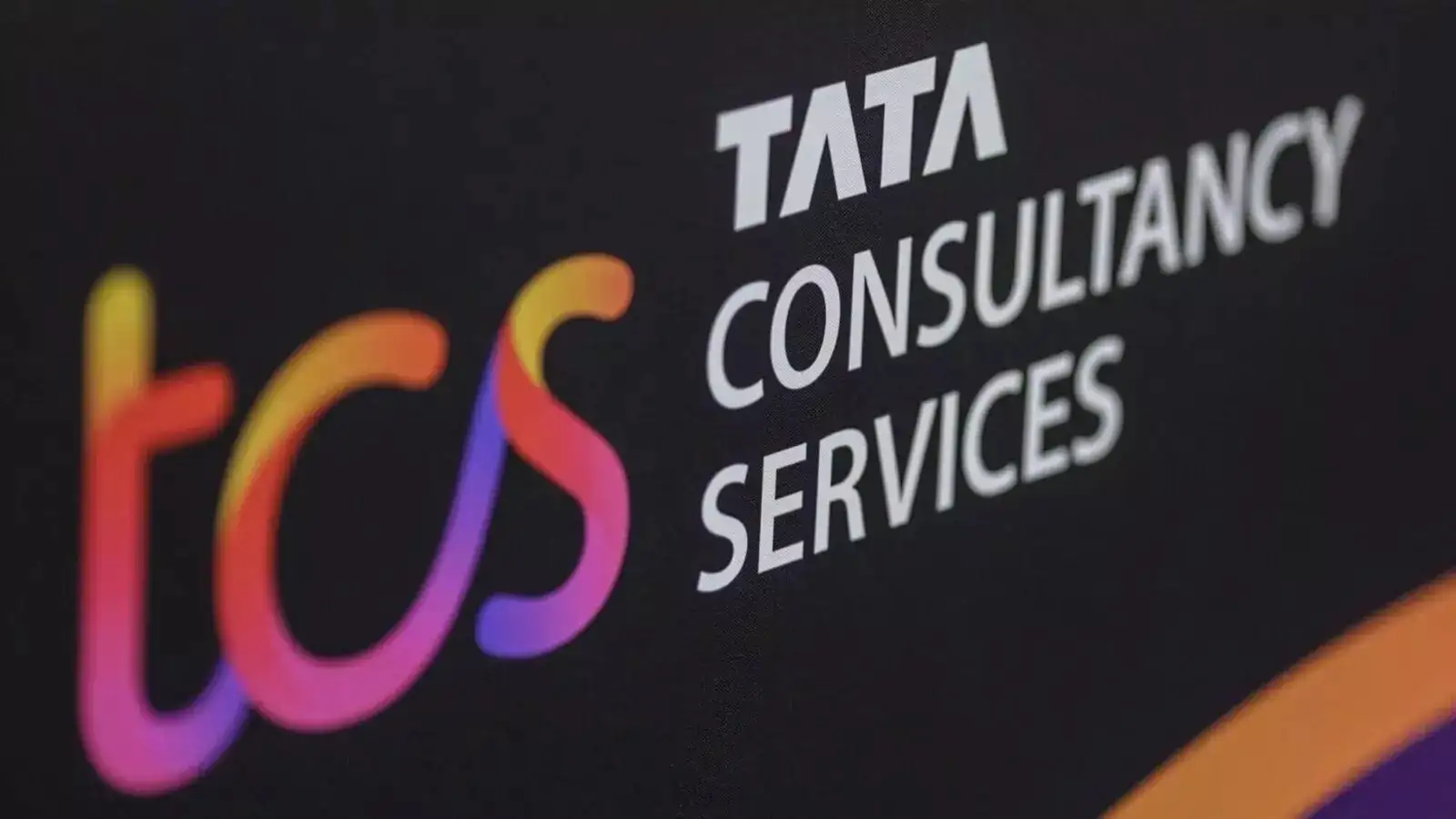Check Point 2025 report shows 44% rise in cyberattacks

NEW DELHI: Check Point Software Technologies Ltd today released its annual report, The State of Global Cyber Security 2025. With an alarming 44% increase in global cyber-attacks year-over-year, the report unveils new cyber trends, emerging threat actor tactics, and actionable CISO guidance for navigating this changing landscape unscathed.
"Cyber security in 2025 is not only about protecting networks; it's about safeguarding trust in our systems and institutions. The State of Global Cyber Security 2025 highlights the rapid evolution of threats and reinforces the need for resilience in the face of persistent and complex adversaries,” said Maya Horowitz, VP of Research at Check Point Software.
The latest Check Point Threat Intelligence report also highlights the current cyber threat landscape in India, where organizations faced an average of 3,291 attacks per week over the past six months—significantly higher than the global average of 1,847. Healthcare was the most heavily impacted sector, with 8,614 weekly attacks per organization, followed by Education/Research (7,983) and Government/Military (4,731). The most prevalent malware in India includes two Remote Access Trojans (RATs), one Infostealer (Formbook), one Ransomware strain (Maze), and a Botnet and Downloader, both identified as FakeUpdates.
In May, India faced a critical data breach which exposed 500 GB of biometric data, including fingerprints and facial scans, affecting police, military personnel, and public workers during elections. The breach, linked to unsecured databases managed by ThoughtGreen Technologies and Timing Technologies, highlights the growing risks to India's biometric systems.
The year 2024 was marked by the increasing role of generative AI (GenAI) in cyber-attacks. From disinformation campaigns to deepfake videos, GenAI was used to accelerate cyber-attacks, steal money, and influence public opinion. At the same time, Infostealer attacks surged by 58%, revealing a maturing cyber ecosystem. Over 70% of infected devices were personal, as threat actors targeted bring-your-own device (BYOD) environments to breach corporate resources.
Key Findings from the 2025 Report:
Evolving Cyber Wars: Nation-states are shifting from acute attacks to chronic campaigns aimed at eroding trust and destabilizing systems. AI-powered disinformation and influence campaigns targeted one-third of global elections between September 2023 and February 2024.
Ransomware Evolution: Data exfiltration and extortion overtook encryption-based attacks as the primary ransomware tactic, simplifying operations and maximizing payouts. Healthcare became the second most targeted industry, with a 47% increase in attacks year-over-year.
Edge Device Exploitation: Compromised routers, VPNs, and other edge devices served as key entry points for attackers. Over 200,000 devices were controlled by advanced botnets like Raptor Train, operated by state-sponsored actors.
Prevalent Vulnerabilities: 96% of exploits in 2024 leveraged vulnerabilities disclosed prior to the year, underscoring the importance of proactive patch management.
Targeted Industries: For the fifth consecutive year, education remained the most targeted industry, experiencing a 75% increase in attacks year-over-year.
Recommendations for CISOs:
Strengthen BYOD Security: Implement strict policies and deploy endpoint protection to mitigate risks from personal devices accessing corporate resources.
Invest in Threat Intelligence: Leverage AI-driven tools to monitor and preempt disinformation campaigns and emerging threats.
Enhance Patch Management: Address known vulnerabilities proactively to limit exposure to widespread exploits.
Secure Edge Devices: Implement robust security measures for routers, VPNs, and IoT devices to prevent them from becoming operational relay boxes for attackers.
Focus on Resilience: Prepare for persistent threats with comprehensive incident response plans and continuous monitoring.











